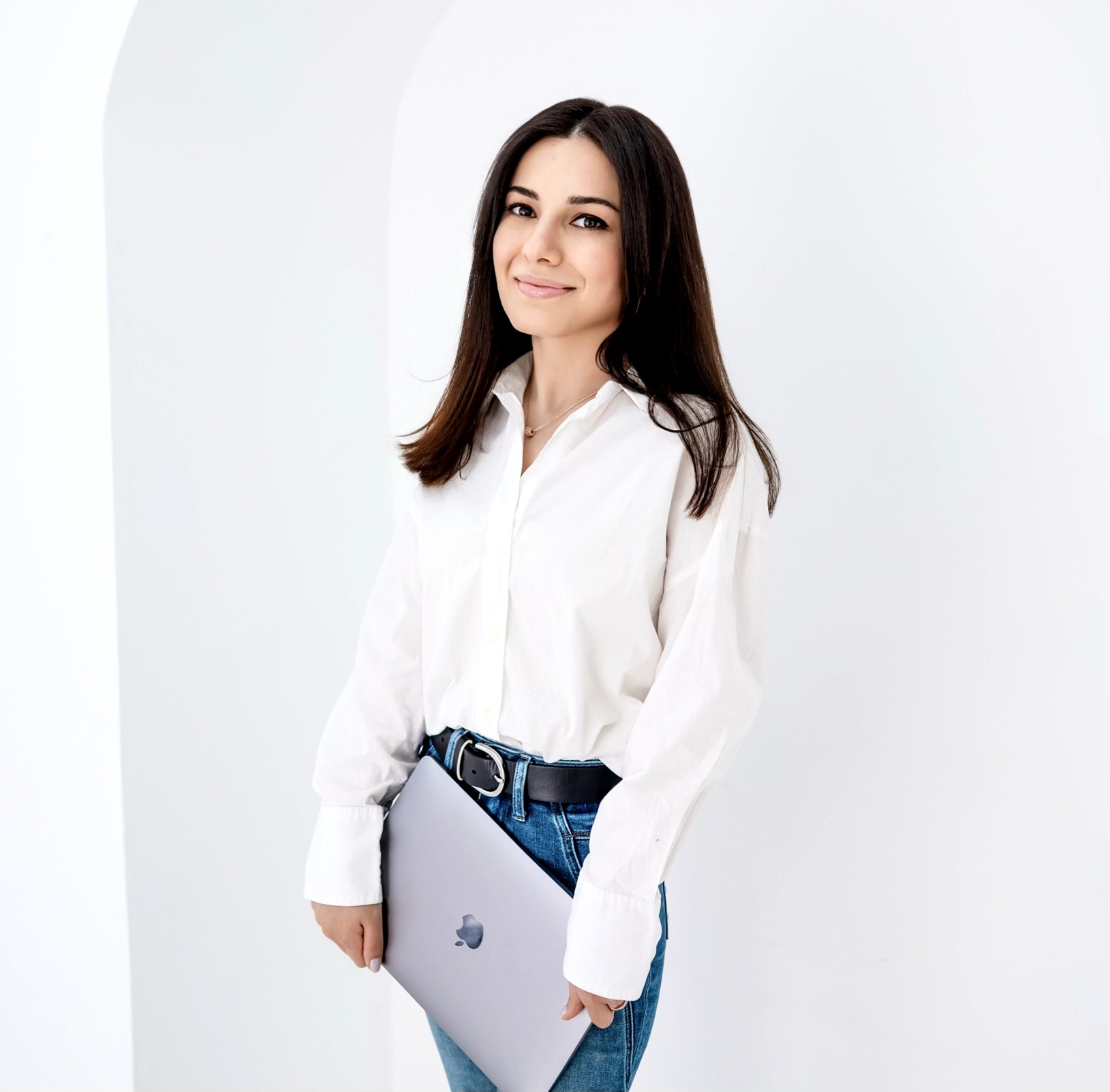We’re excited to introduce you to the always interesting and insightful Zarina Majidova. We hope you’ll enjoy our conversation with Zarina below.
Zarina, thanks for joining us, excited to have you contributing your stories and insights. Earning a full time living from one’s creative career can be incredibly difficult. Have you been able to do so and if so, can you share some of the key parts of your journey and any important advice or lessons that might help creatives who haven’t been able to yet?
Like most people, I went to college and got a degree in something I later realized I had no real interest in. I ended up working in jobs that didn’t excite me, and it took a while to admit I wanted to do something creative instead. I started learning design from free online resources, watched tutorials, read UX blogs, and practiced by creating small conceptual projects whenever I could.
At first, it was just a hobby. But one day I decided to see if I could actually make a living from it. I posted some of my work online, and to my surprise, people started reaching out. I took small freelance jobs for app interfaces, landing pages, and brand visuals. It wasn’t much money, but it gave me experience and a sense of direction.
After a few months of client work, I built a small portfolio and began applying for full-time UX roles. Getting that first job was a big milestone because it turned design from a side passion into a sustainable career. From there, I kept moving up, learning about research, design systems, and product strategy. Over time, I transitioned into senior-level positions where I could lead projects and mentor others.
It definitely wasn’t like that from day one. It took several years of building skills, confidence, and credibility before it became a stable full-time income. If I could go back, I’d speed up the process by networking earlier and sharing my work publicly sooner. I used to wait until things felt “perfect,” which only slowed me down.
Today, I make a living entirely from design, and I still spend time every week learning something new. Design evolves constantly, and staying current has been the biggest factor in keeping this career sustainable and exciting.
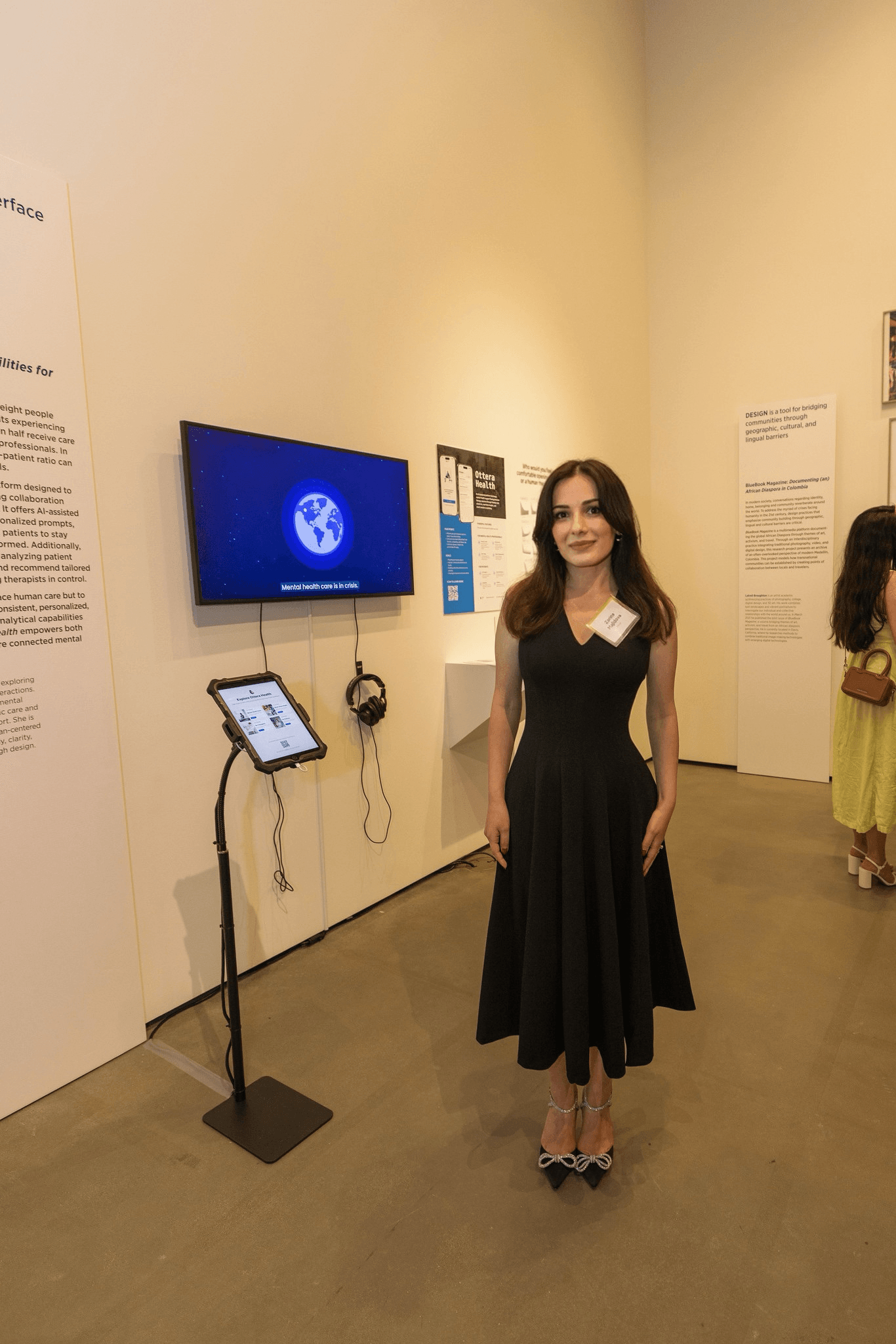
Awesome – so before we get into the rest of our questions, can you briefly introduce yourself to our readers.
I’m a UX and product designer focused on creating digital experiences that are both intuitive and meaningful. My background isn’t in design originally, which I think gives me an edge. I came into this field with a mix of curiosity and frustration. I wanted to understand why some digital products feel effortless while others make people want to throw their phone across the room.
Over the years, I’ve worked on a wide range of products from banking and fintech apps to healthcare platforms and point-of-sale systems. My work sits at the intersection of design, psychology, and technology. I focus on solving real problems for users and measurable outcomes for businesses. That could mean simplifying a complex financial flow, improving accessibility for older users, or redesigning a process that saves companies time and cost.
What sets me apart is my balance between visual craft and strategic thinking. I don’t design just to make things look pretty. I care about systems, usability, and emotional connection. I also enjoy mentoring new designers and sharing what I’ve learned through writing and teaching, because I believe good design multiplies when knowledge is shared.
I’m most proud of creating work that actually changes how people interact with technology in their daily lives. The biggest compliment for me isn’t “this looks good,” but “this made my life easier.” That’s the kind of impact I aim for in every project.
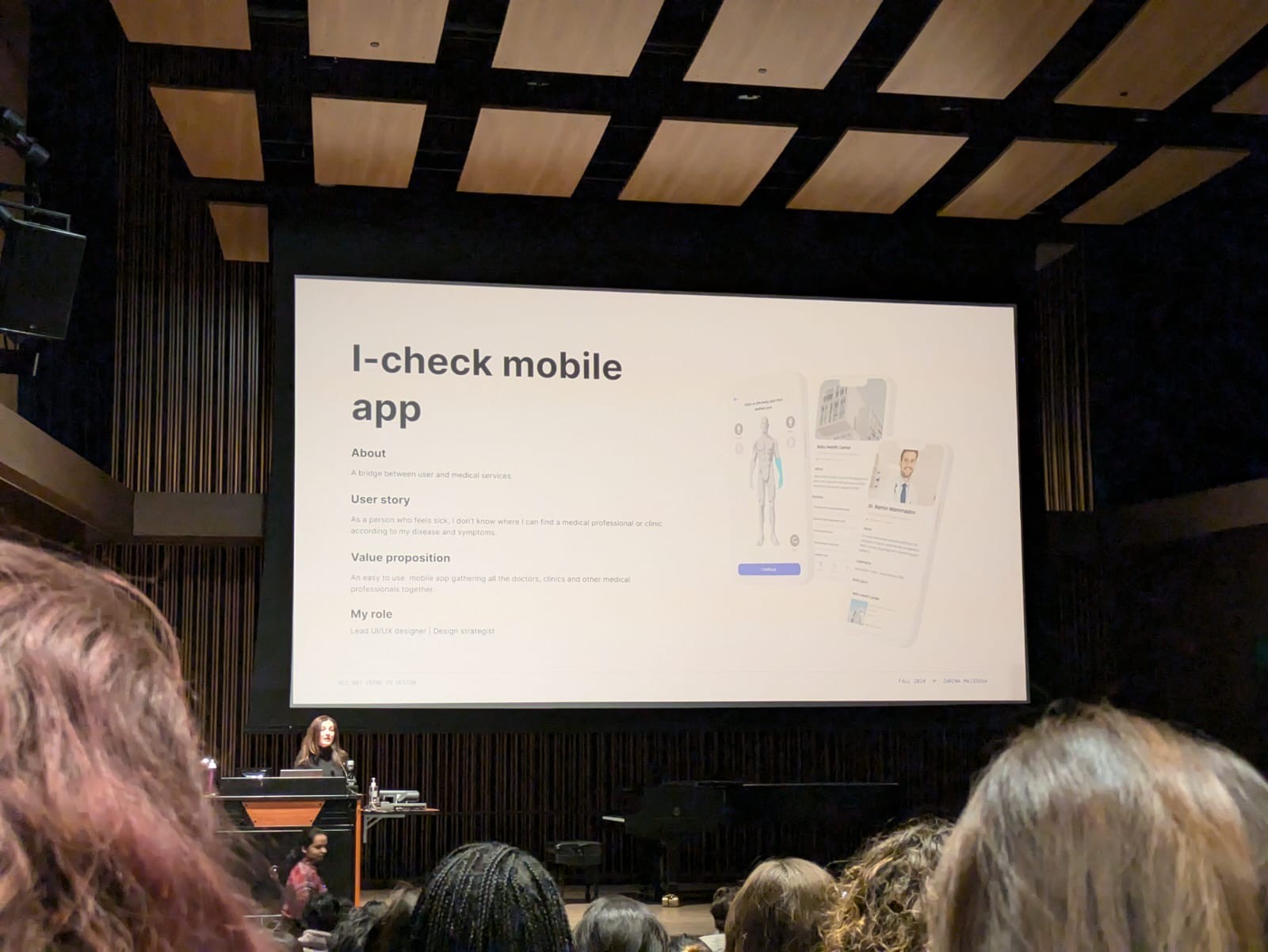
Are there any resources you wish you knew about earlier in your creative journey?
Absolutely. When I first started, I didn’t know where to look or what to focus on. I spent a lot of time jumping between random tutorials instead of building real projects. I wish I had known earlier about resources like Nielsen Norman Group articles for understanding UX principles, Material Design guidelines for structure and consistency, and free tools like Figma Community where you can study real-world design systems.
I also wish I had joined design communities sooner, especially ADPList. It’s a space where new designers can connect with experienced mentors, get feedback on their portfolios, and ask for direction when they feel lost. Back then, I was too shy to reach out because I assumed no one would want to help me. Now that I’m a mentor on ADPList, I see how much it accelerates people’s growth, and I’m genuinely happy when I see beginner designers using it with confidence.
Other communities like UX Collective and classic books such as Don’t Make Me Think and The Design of Everyday Things also shaped my understanding later on. But if I could give one piece of advice to my past self, it would be to stop learning in isolation and start connecting with others earlier. That’s where real progress happens.
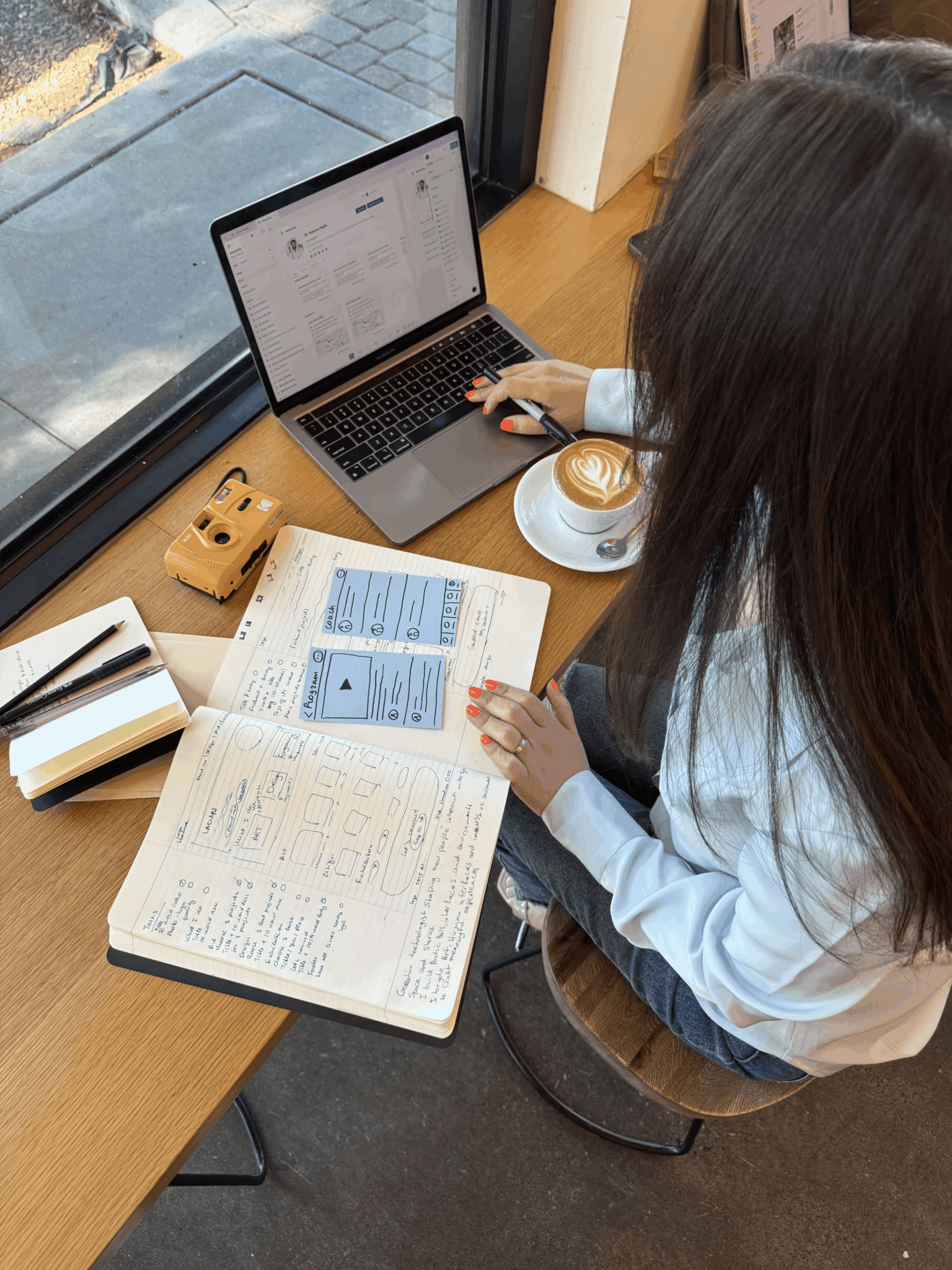
What’s the most rewarding aspect of being a creative in your experience?
For me, the most rewarding part of being a designer is that UX lives at the intersection of art, technology, and psychology. It’s about turning complex systems into experiences that feel effortless and natural.
I love seeing how design quietly connects people without them even realizing it. For example, when a customer at a quick-service restaurant can order their meal on a digital kiosk, and the kitchen receives the exact request, prepares it as described, and everything happens smoothly even if no one speaks the same language, that’s design at work. Or when someone can send money to a friend in seconds, add a note, and instantly know it went through without reading a single instruction, that’s also UX doing its job.
The biggest reward for me is seeing people interact with my work and realizing how much easier their lives become because of it. That’s the kind of impact that keeps me motivated.
Contact Info:
- Website: https://www.zarina.design/
- Instagram: https://www.instagram.com/zarina.ux/
- Linkedin: https://www.linkedin.com/in/zarina-majidova-3b7603156/
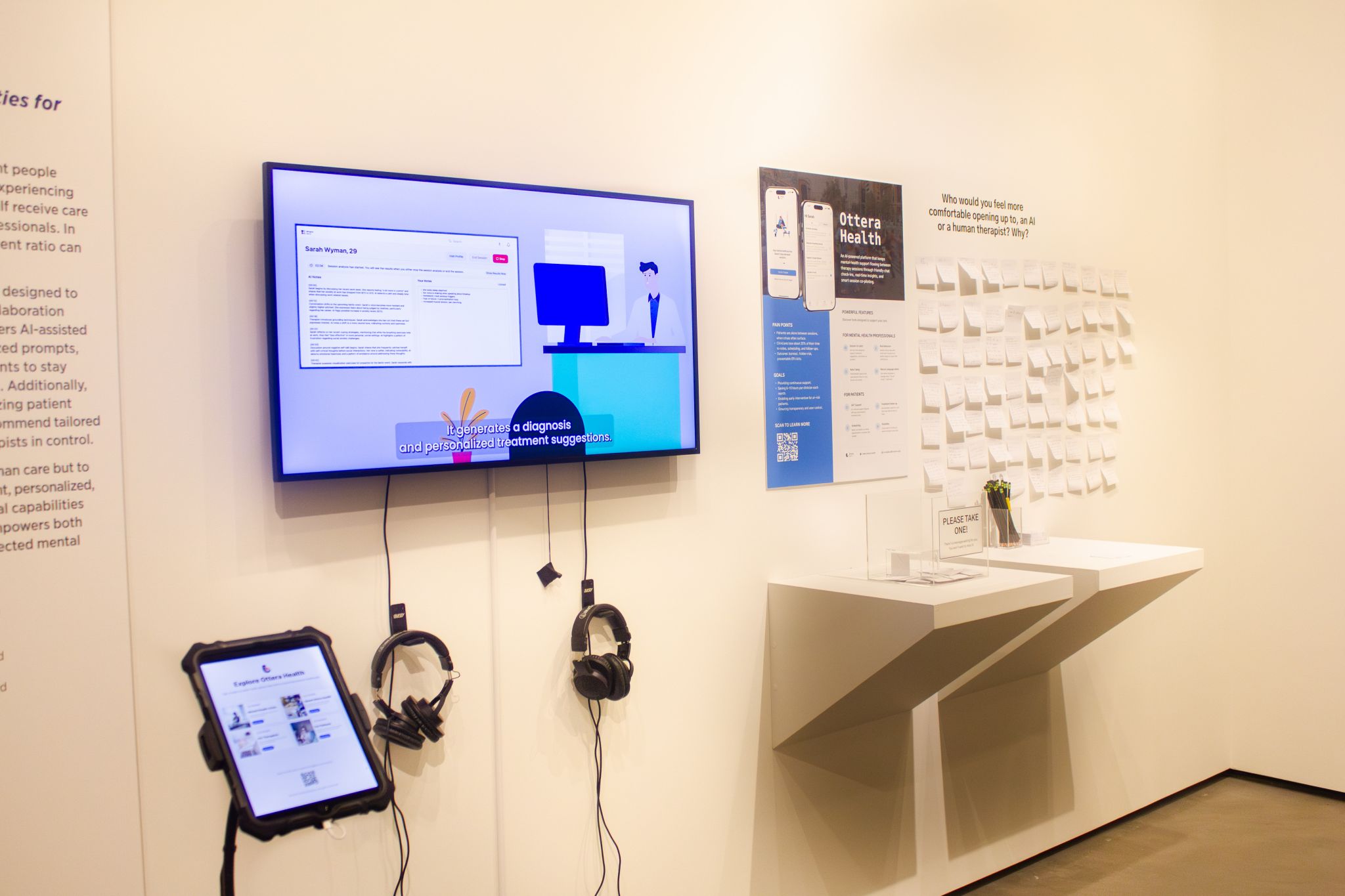
Image Credits
1. Ladan Johari
2. Nidhi Mittal
3. Islam Islamli
4. Lana Andruh


